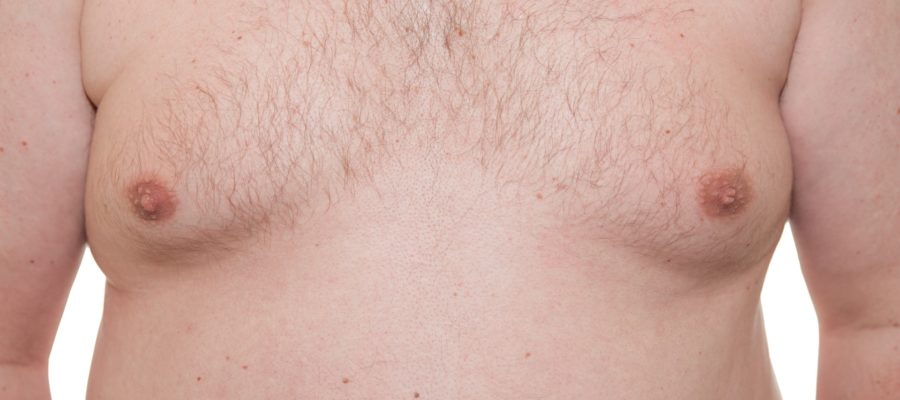Duration
60-100 minAnaesthesia
Local with sedation / generalHospitalization
0-1 nightReturn to society
5 daysGynecomastia consists in the excessive development of the breast tissue in male. This condition may be the expression of an endocrine disease or simply an excessive development of breast adipose tissue. The consequent aesthetic defect may be difficult to accept and lead to low self-esteem and shame. Moreover, the patient could be considered unattractive due to the presence of a female character. Aesthetic surgery is able to treat this defect with minimal scarring.
The nature of breast hypertrophy (glandular, fatty or mixed) must be firstly investigated with Ultrasounds and secondary exams if necessary before any surgical treatment.
The etiology of gynecomastia is fundamental and determines the subsequent surgical treatment:
- Subcutaneous mastectomy. Aims to remove radically the male mammary gland. After removal, the gland is histologically examined in order to ascertain possible neoplasms and radicalness.
- Liposuction. This procedure is carried out after mastectomy to reshape the peri-glandular adipose tissue. In case of adipose gynecomastia, the surgeon can perform uniquely this procedure. In both cases, this procedure is able to confer a pleasing and virile shape to the pectoral region
The following defects may be corrected with ancillary procedures performed during the same surgery:
- Large areola: a large areola may be aesthetically unpleasant and can be reduced during the same procedure with minimal scarring
- Areolar dislocation. it is possible to correct a position defect of position (such as too medial, high or low areolas) with minimal scarring.
Scars are minimal and generally planned in the lower half of the perimeter of the areola. In case of liposuction, two scars of 2 mm result on lateral and medial side of breast.
An elastic garment is advised for about 3-4 weeks after surgery. In case of subcutaneous mastectomy two drainages (one per side) should be kept in site for 3-4 days after surgery. Drains consists of tubes of soft silicone. Their removal can be performed in outpatients and is painless.
Return to work is allowed 5 days after surgery. Sports and physical exercise can be resumed at least 3 weeks after surgery.


